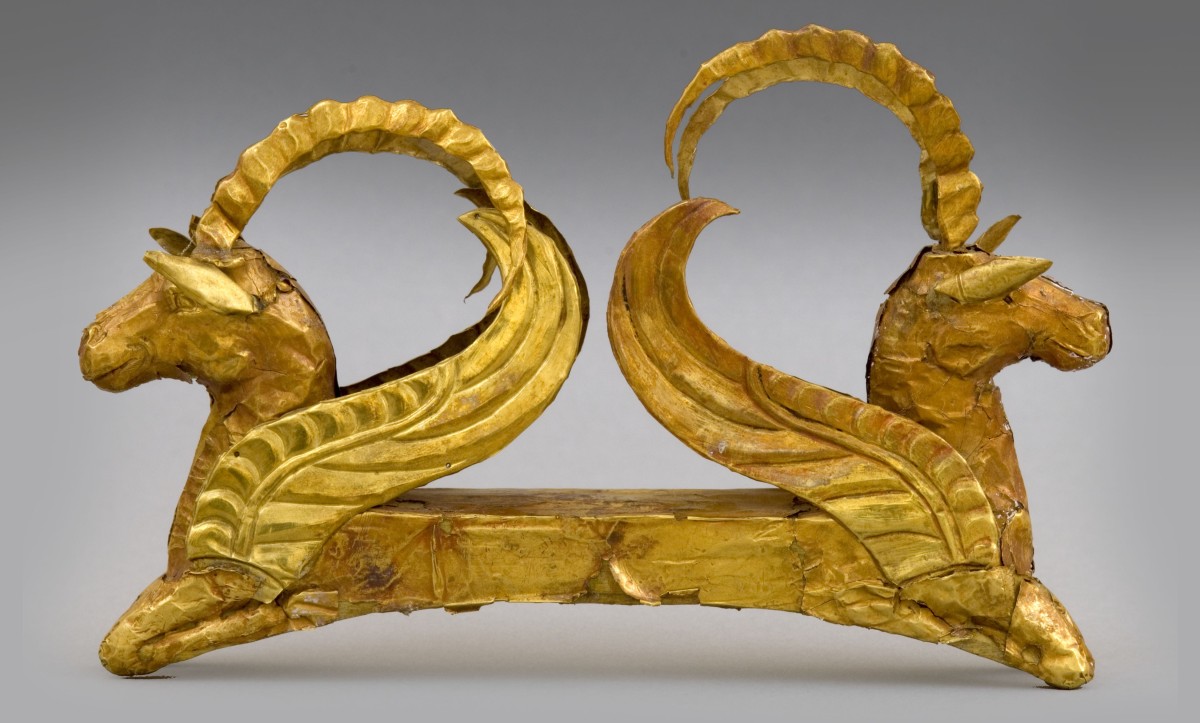The exhibition was presented by the Foundation for International Arts and Education and the Ministry of Culture and Information of the Republic of Kazakhstan in cooperation with Mingei International Museum.
It was made possible by National Sponsor ACCESS Industries. Sponsors were Frontier Mining, Ltd., Shell Oil, Zere Group Consulting. Contributors are Konstantin Grigorshin, Energy Standard Group and the Trust for Mutual Understanding. In-kind support from Kazakhstan was from K.V.C. Kazakh Vending Co. The exhibition was funded in part by The City of San Diego Commission for Arts and Culture and The County of San Diego Community Enhancement Program.
Lenders to the exhibition were The A. Margulan Museum of Archeology Institute, The A. Kasteev State Museum of Fine Arts, The Museum of Gold and Precious Metals and The Presidential Center of Culture of the Republic of Kazakhstan. From Mingei International the exhibition traveled the Houston Museum of Natural History.
A crossroads for Islam, Christianity and Buddhism, the historical backdrop for the domestication of the horse and caravan trade and development of the Great Silk Route, this was the land of Genghis Khan, Tamerlane and Marco Polo’s explorations into the East and the home of the Scythians—fierce, horse-riding nomads feared by Greeks, Chinese and Persians alike.
The Foundation for International Arts and Education in Washington, D.C. collaborated with the Government of Kazakhstan and Mingei International Museum in bringing this great history to life and connecting it with present day Kazakhstan. Focusing on a series of important archeological discoveries, including those in 1998- 1999 at the frozen burial site of Berel, the exhibition presented precious gold, silver and bronze artifacts fashioned into small animal forms—panthers, tigers, deer, griffins, ibex, mountain sheep and horses and a world of horsemen, burial cults, carpets and caravans. The exhibition combined these beautiful art objects with the story of their recovery, providing an overview of the history and culture of Kazakhstan and exploring the mythology and craftsmanship of the peoples of the Steppes.
Selected from major museum collections in Kazakhstan, some of the art objects were being shown in the United States of America for the first time. Board member and Museum architect David Rinehart designed the installation of this exhibition that traveled in this country following its premiere at Mingei International Museum. The exhibition was accompanied by a documentary publication of the same name, edited by Dr. Claudia Chang.
John Ordway, American Ambassador to Kazakhstan, visited the Museum on December 20 to see the exhibition and to give a luncheon lecture on Kazakhstan and current U.S./Kazakh relations, and on January 2, ten _Bolashak_ Presidential Scholars from Kazakhstan, students at the University of Arizona, visited the exhibition. On March 25, photographer Wayne Eastep presented an illustrated lecture entitled Soul of Kazakhstan.
